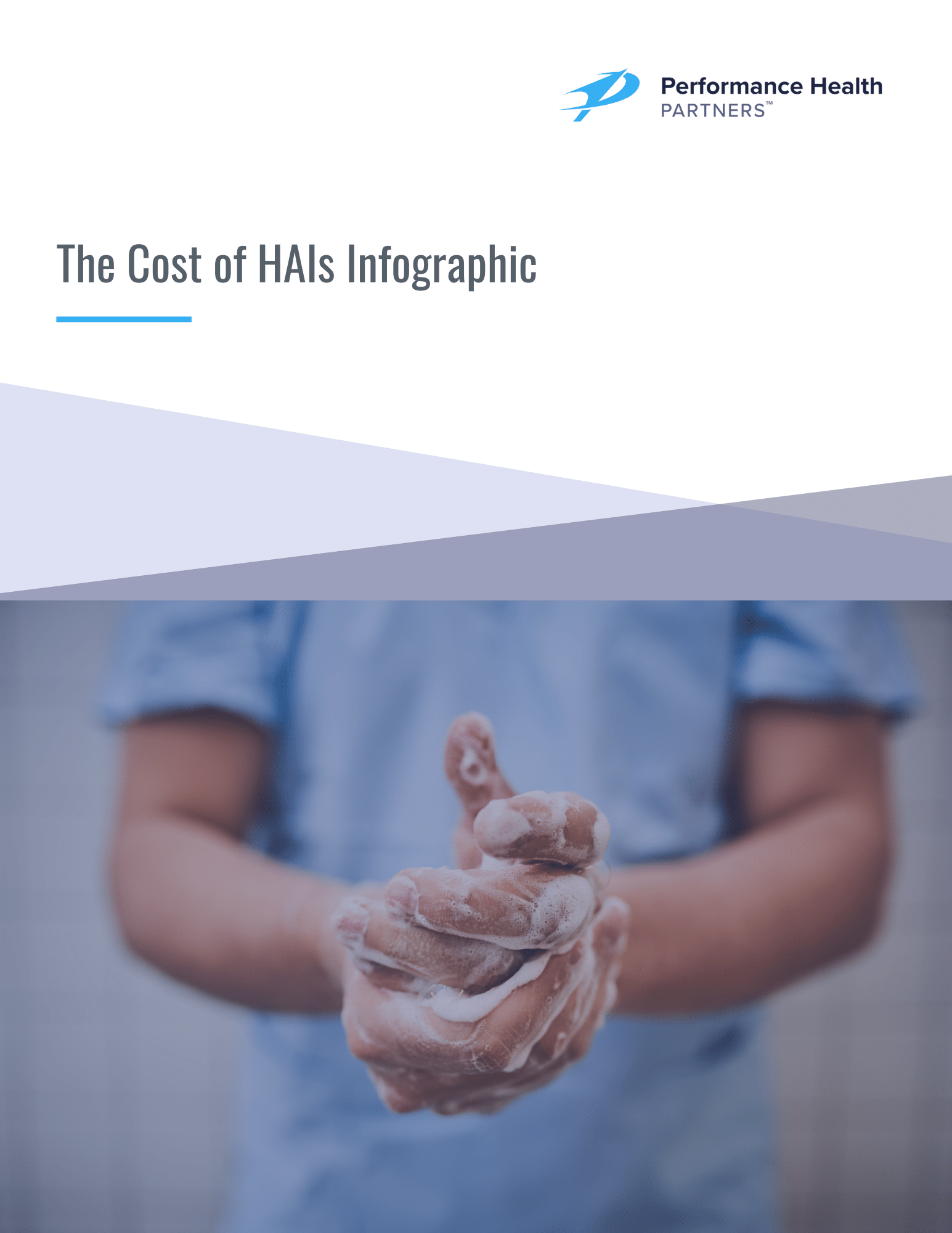Healthcare acquired infections (HAIs) are conditions that a patient develops while receiving treatment at a healthcare facility. According to the Centers for Disease Control and Prevention, approximately 1 in 31 patients in U.S. hospital facilities have an HAI on any given day.
Common HAIs include catheter-associated urinary tract infections, surgical site infections, ventilator-associated pneumonia, central line-associated bloodstream infections, and Clostridium difficile infections.
Certain factors raise a patient’s risk of contracting an HAI:
- Invasive procedure
- Severity of illness
- Organizations not adhering to best practices for prevention
- Overuse or improper use of antibiotics
HAIs are a serious patient safety issue; many are caused by the most serious antibiotic-resistant bacteria and can lead to sepsis or death. In fact, these infections are they the fourth leading cause of death behind heart disease, stroke, and cancer.
Because HAIs prolong patients’ length of stay and increase the costs of treatment, they place a great financial strain on healthcare organizations; the cost of HAIs for the U.S. healthcare industry is at least $28.4 billion a year. Many healthcare organizations and practitioners may also suffer reputational damage because of HAIs associated with their facility.

